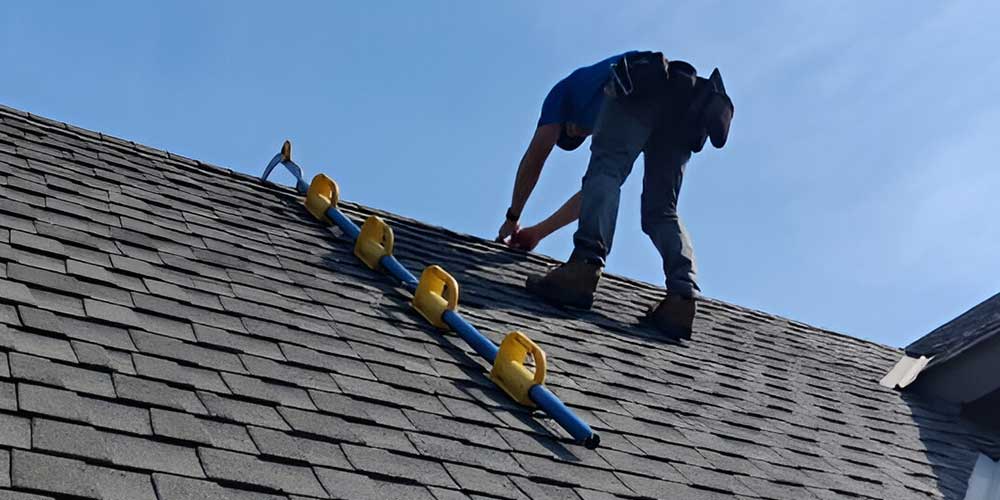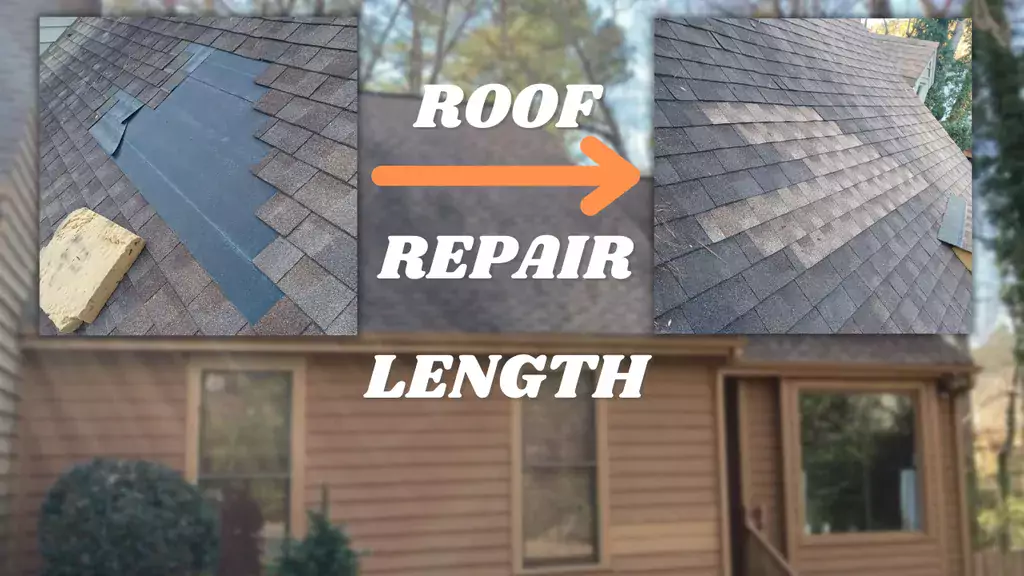Oahu Roofing: Comprehensive Roofing Providers in the Oahu Area
Oahu Roofing: Comprehensive Roofing Providers in the Oahu Area
Blog Article
Comprehending the Different Kinds of Roof Coverings: A Comprehensive Overview for Homeowners
With an array of alternatives-- ranging from the typical gable to the modern flat-- each type presents one-of-a-kind benefits and obstacles that should align with the home owner's particular demands and ecological factors to consider. As we explore the complexities of different roofing system types, it comes to be evident that one dimension does not fit all; the appropriate choice might stun you.
Saddleback Roof
Gable roofs, characterized by their triangular shape, are amongst the most popular roof designs because of their simplicity and efficiency in dropping water and snow. This design features two sloping sides that satisfy at a ridge, permitting for reliable drain and decreasing the risk of water build-up. The steep pitch generally connected with gable roof coverings boosts their ability to take care of heavy rainfall, making them suitable for different climates.
Along with their useful advantages, saddleback roofs provide visual convenience. They can be adapted to different building styles, from typical to modern-day homes. The design can likewise suit extra attributes such as dormer windows, which improve natural light and ventilation in the attic room space.
Moreover, gable roofings give sufficient area for insulation, adding to power effectiveness. House owners can pick from a selection of roofing materials, including asphalt shingles, steel, and ceramic tiles, better enhancing personalization options.
Despite their benefits, saddleback roofs may require added assistance in locations prone to high winds or heavy snowfall. In general, the gable roofing system remains a popular choice as a result of its blend of capability, longevity, and aesthetic charm.
Flat Roofs
Flat roofing systems are typically identified for their minimal layout and practical applications, specifically in commercial and industrial setups (oahu roofing). These roofs include a nearly horizontal or horizontal surface, which permits for simple building and functional space application. While they might do not have the visual allure of pitched roofings, flat roofings offer numerous benefits, especially in urban environments where taking full advantage of area is essential
Among the primary benefits of flat roofs is their ease of access. House owners can utilize the roof covering space for numerous objectives, such as roof yards, terraces, or photovoltaic panel installations. Furthermore, level roof coverings are generally extra cost-efficient to preserve and install compared to their sloped counterparts, as they call for less materials and labor.
Usual products utilized for level roofing systems include built-up roofing (BUR), customized asphalt, and single-ply membrane layers, each offering distinct benefits. Overall, flat roofing systems offer as a useful and versatile selection for several house owners and companies alike.
Hip Roofing Systems
Hip roofings are identified by their sloped sides that assemble at the top, developing a ridge. This design is distinct from gable roof coverings, as all 4 sides of a hip roofing system incline downwards towards the wall surfaces, providing an extra stable structure. The angle of the slopes can differ, enabling adaptability in building looks and capability.
Among the main benefits of hip roof coverings is their capability to stand up to heavy winds and unfavorable weather. The sloped surface areas enable much better water drain, lowering the danger of leaks and water damage. In addition, hip roofing systems offer raised attic room space, which can be used for storage or perhaps exchanged livable locations.
However, creating a hip roof can be more complex and pricey than easier roofing system learn the facts here now kinds, such as saddleback roofs. The added material and labor associated with creating the inclines and ensuring appropriate structural stability can result in greater expenditures. In spite of these drawbacks, many house owners favor hip roof coverings for their durability, visual allure, and capacity for power performance.
Mansard Roofing Systems
Mansard roofing systems, often acknowledged by their distinct four-sided style, feature two inclines on each side, with the lower incline being steeper than the top. This architectural style, stemming from France in the 17th century, is not just cosmetically enticing but practical, as it takes full advantage of the usable room in the top floors of a structure. The steep reduced slope permits more clearance, making it an ideal choice for loft spaces or attic rooms, which can be exchanged living rooms.
Mansard roofing systems are characterized by their convenience, suiting different building styles, from traditional to modern-day. They can be constructed with various products, consisting of asphalt shingles, slate, or metal, supplying home owners with a series of choices to match their budget plans and preferences. In addition, the style enables the assimilation of dormer windows, enhancing natural light and air flow in the upper levels.
Nevertheless, it is important to read the article think about the possible downsides. Mansard roofs might call for even more maintenance because of the intricacy of their layout, and their high inclines can be testing for snow and rain overflow. Generally, mansard roofing systems incorporate beauty with usefulness, making them a preferred option among house owners looking for distinct building functions.
Lost Roofings
As home owners progressively seek simplicity and functionality in their architectural styles, lost roofings have actually emerged as a preferred option. Characterized by a solitary sloping aircraft, a shed roofing system provides a minimalist visual that matches numerous home styles, from contemporary to rustic.
One of the primary benefits of a shed roof is its straightforward building and construction, which usually converts to decrease labor and product expenses. This style permits effective water drainage, decreasing the risk of leakages and water damage. In addition, the upright incline provides ample space for skylights, improving all-natural light within the interior.
Dropped roofings also provide convenience in terms of usage. They can be effectively other incorporated right into enhancements, garages, or exterior frameworks like structures and sheds. In addition, this roof covering style can accommodate different roof covering products, including steel, asphalt roof shingles, or also environment-friendly roof coverings, lining up with eco-friendly initiatives.
However, it is vital to think about local environment conditions, as heavy snow lots may require adjustments to the roofing system's angle or structure. Generally, lost roofs offer a sensible and cosmetically pleasing option for home owners aiming to take full advantage of capability without endangering design.
Conclusion


Gable roofs, defined by their triangular form, are amongst the most prominent roofing styles due to their simpleness and effectiveness in dropping water and snow. oahu roofing. The high pitch generally linked with gable roofing systems enhances their capacity to handle heavy precipitation, making them suitable for different climates
While they might do not have the aesthetic charm of pitched roofing systems, flat roofings provide countless advantages, particularly in metropolitan atmospheres where optimizing space is important.

Report this page